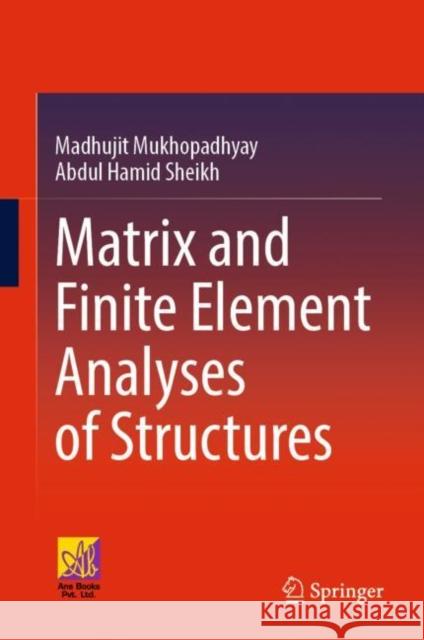Matrix and Finite Element Analyses of Structures » książka
topmenu
Matrix and Finite Element Analyses of Structures
ISBN-13: 9783031087233 / Angielski / Twarda / 2022 / 456 str.
Matrix and Finite Element Analyses of Structures
ISBN-13: 9783031087233 / Angielski / Twarda / 2022 / 456 str.
cena 424,07 zł
(netto: 403,88 VAT: 5%)
Najniższa cena z 30 dni: 421,13 zł
(netto: 403,88 VAT: 5%)
Najniższa cena z 30 dni: 421,13 zł
Termin realizacji zamówienia:
ok. 20 dni roboczych.
ok. 20 dni roboczych.
Darmowa dostawa!
Kategorie:
Kategorie BISAC:
Wydawca:
Springer International Publishing AG
Język:
Angielski
ISBN-13:
9783031087233
Rok wydania:
2022
Ilość stron:
456
Wymiary:
23.5 x 15.5
Oprawa:
Twarda











